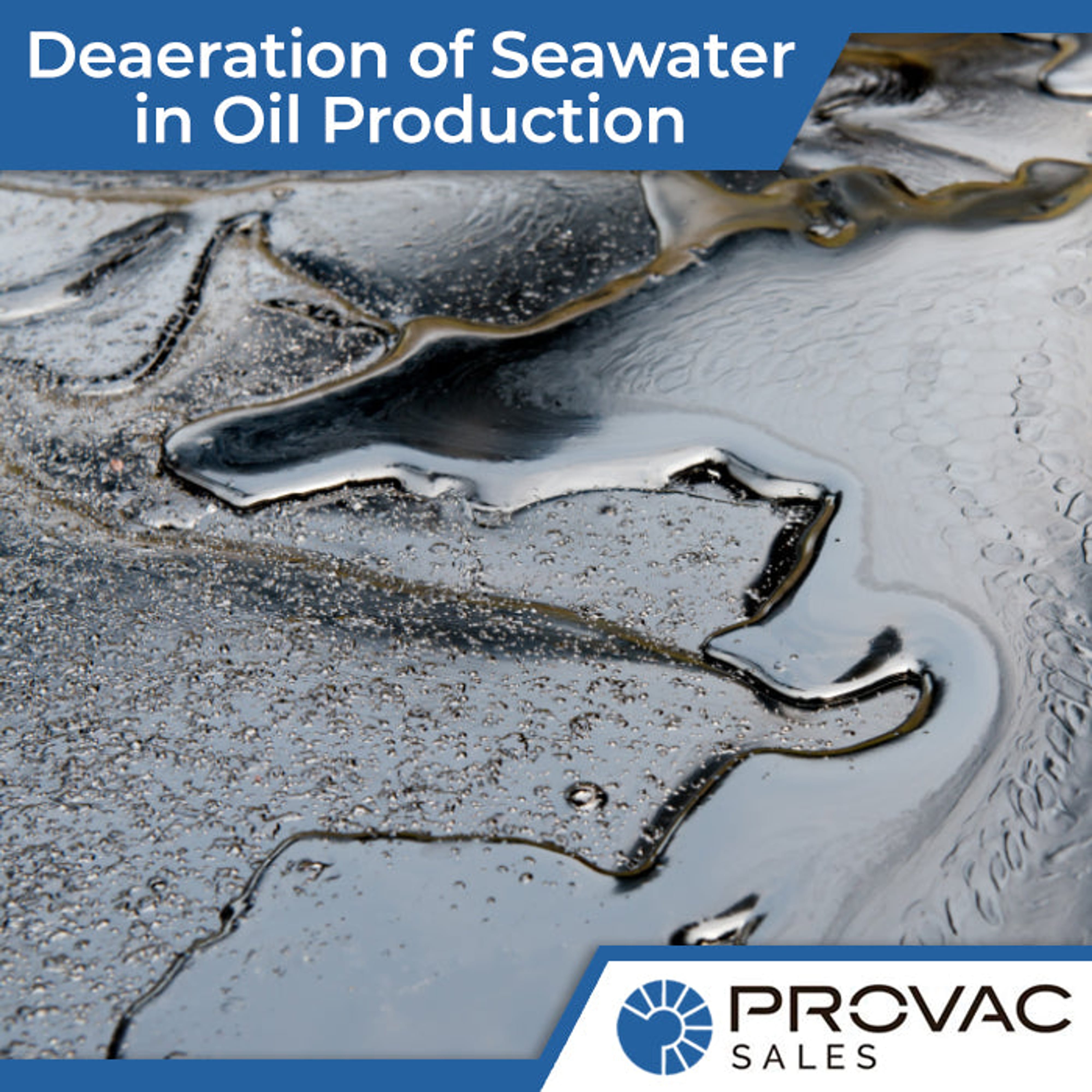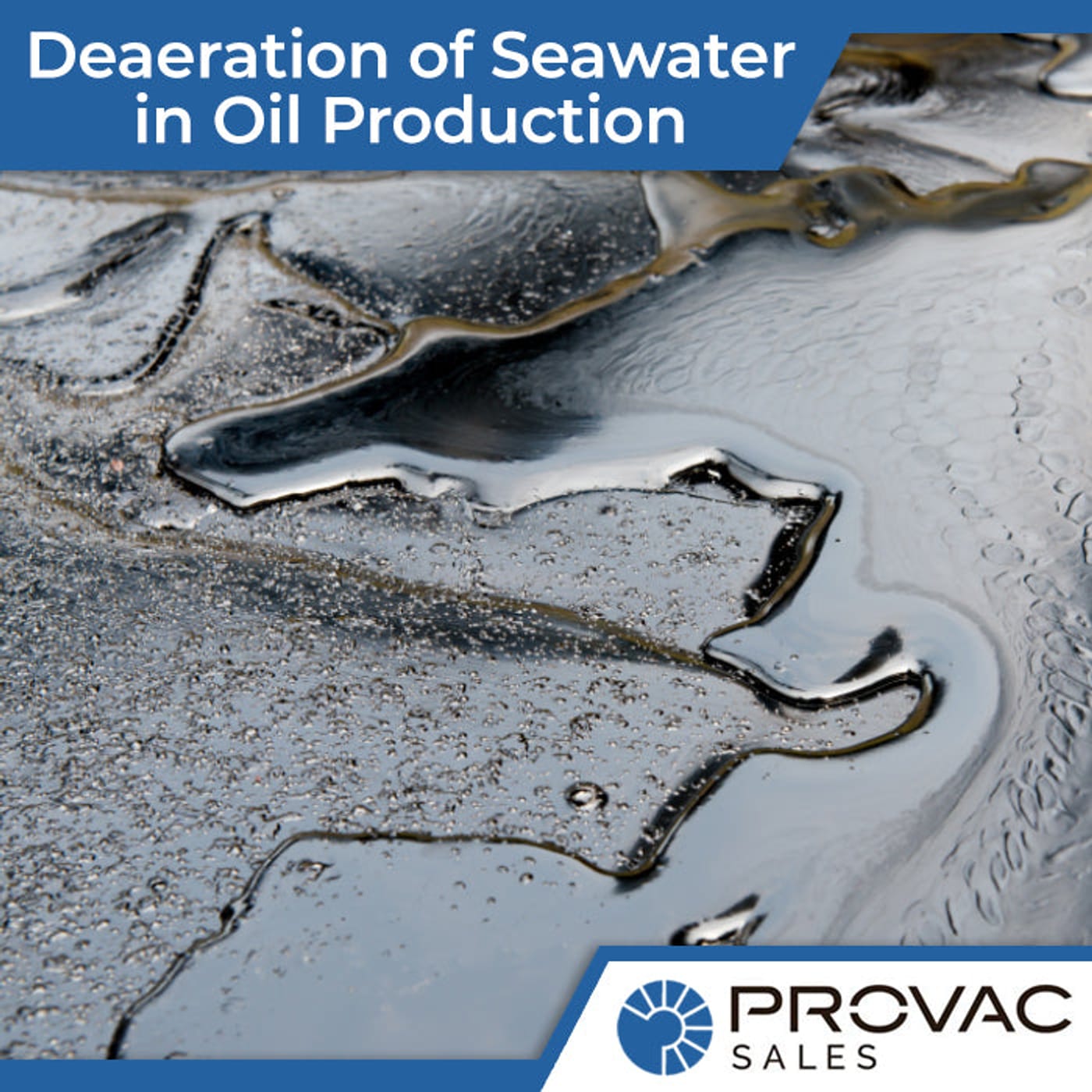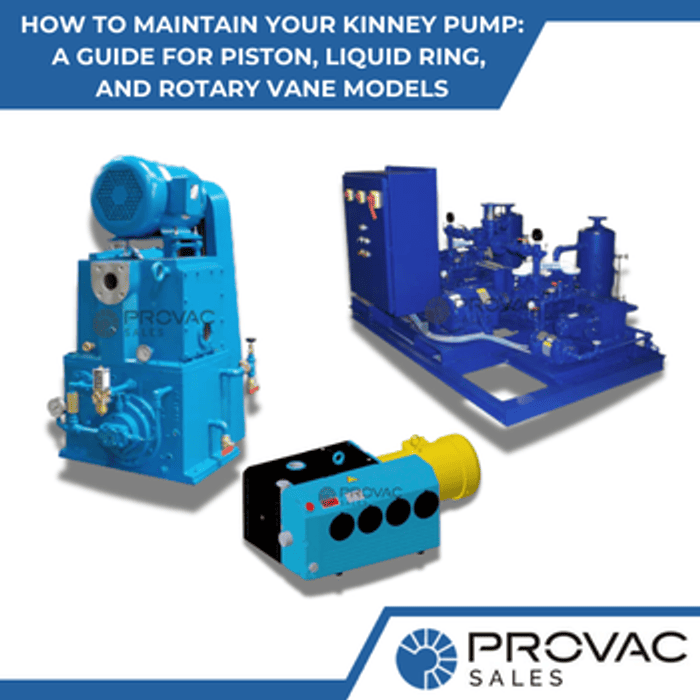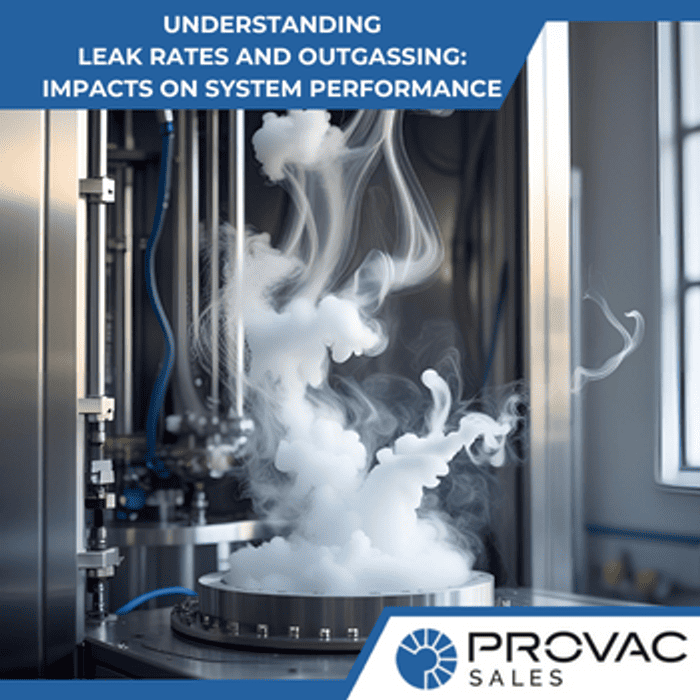Deaeration is the removal of dissolved gases from a liquid. In the oil industry, deaeration removes dissolved gases from seawater before it is injected into an oil reservoir. This process aims to prevent the formation of hydrate crystals, which can clog pores in the reservoir and reduce the flow of oil. Deaeration can also help to improve the efficiency of oil production by reducing the amount of gas that is produced along with the oil. There are a variety of methods that can be used for deaeration, including vacuum deaeration, membrane deaeration, and chemical deaeration. Vacuum deaeration is the most common method used in the oil industry, as it is effective and relatively inexpensive. Membrane deaeration can also be effective, but it is more expensive and requires more maintenance than vacuum deaeration. Chemical deaeration is sometimes used when other methods are not effective, but it can cause corrosion and scale build-up in pipes and equipment.
Vacuum deaeration and oil production
In the oil and gas industry, vacuum deaeration is a process used to remove dissolved gases from crude oil. This is important because dissolved gases can cause instability and corrosion in pipelines and other equipment. Vacuum deaeration works by lowering the pressure on the crude oil, which causes the dissolved gases to come out of the solution and be released into the atmosphere. The resulting "deaerated" oil is then transported to storage tanks or onward to refining facilities. While it is a relatively simple process, vacuum deaeration plays an important role in ensuring the quality and safety of crude oil production.
Membrane deaeration and oil production
Membrane deaeration is another process to remove dissolved gases from the oil. This is done by passing the oil through a membrane, which selectively removes the gas molecules. The resulting oil is then free of dissolved gases, which can cause problems during the production process. Membrane deaeration is an important part of oil production, and it is used in many different types of production facilities. It is a safe and effective way to remove dissolved gases from oil, and it can help to improve the quality of the final product.
Chemical deaeration and oil production
Chemical deaeration is important because the presence of dissolved gases can cause problems during refinery operations, such as corrosion or fouling of process equipment. Chemical deaeration involves injecting a chemical agent into the oil, which reacts with the dissolved gases to form a gas-free mixture. The most common chemical agents used for this purpose are amines, such as diethylamine or monoethanolamine. The deaerated oil is then typically transported to a refinery for further processing.
Deaeration of seawater benefits
1. Eliminate pipe corrosion
Seawater is highly corrosive, and it can cause major damage to pipes and other metal surfaces. When seawater comes into contact with metal, it produces an electrolytic reaction that causes the metal to corrode. This corrosion can weaken pipes and lead to leaks, which can cause serious damage to a boat or other structures. Deaeration is a process that removes dissolved gases from seawater, and it can be used to prevent pipe corrosion. By removing dissolved oxygen from the water, deaeration prevents the electrolytic reaction from occurring, which can help extend the life of a boat's plumbing system. Deaeration is also used to prevent corrosion in other marine applications, such as in cooling towers and desalination plants. In addition to preventing corrosion, deaeration can also improve the efficiency of these systems by reducing fouling and scaling.
2. Avoid biofouling
Biofouling is the accumulation of marine organisms on submerged structures. This can reduce the efficiency of boats and other vessels by causing increased drag. In addition, biofouling can also increase fuel consumption and lead to the release of harmful substances into the environment. One way to prevent biofouling is by deaerating seawater. Deaeration removes dissolved oxygen from seawater, making it uninhabitable for most fouling organisms, thus helping in oil production.
3. Prevent reservoir souring
The process of deaeration can be accomplished through a variety of means, but the most common method is to bubble an inert gas through the liquid. Deaeration is an important process in the oil production industry, as it allows for the prevention of corrosion and the oxidation of metals. It is used to prevent the souring of oil tanks. Seawater contains high levels of dissolved oxygen, which can lead to the formation of hydrogen sulfide gas. This gas is highly corrosive and can damage oil pipelines and storage tanks. By removing the dissolved oxygen from seawater, deaeration prevents the formation of hydrogen sulfide and protects oil infrastructure from corrosion.
Seawater deaeration is an important step in the oil production process. The benefits of removing dissolved oxygen from seawater include reduced corrosion, increased production, and improved water quality. There are a number of different methods for removing dissolved oxygen and the best method will depend on a variety of factors, including the type of oil you are producing, the composition of your seawater, and the size and configuration of your processing facility.





